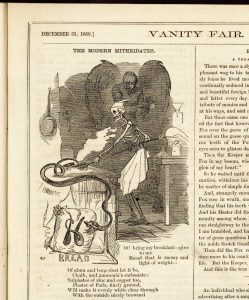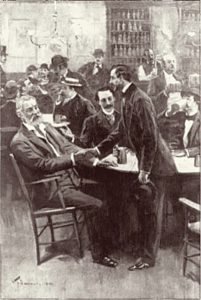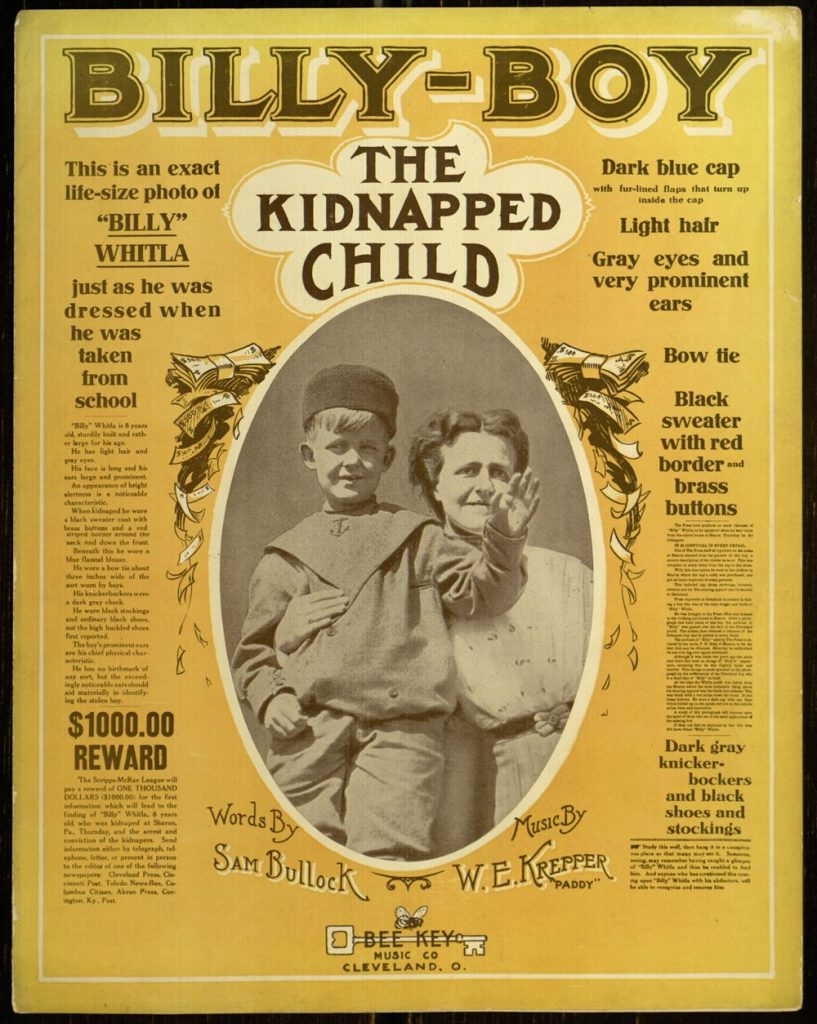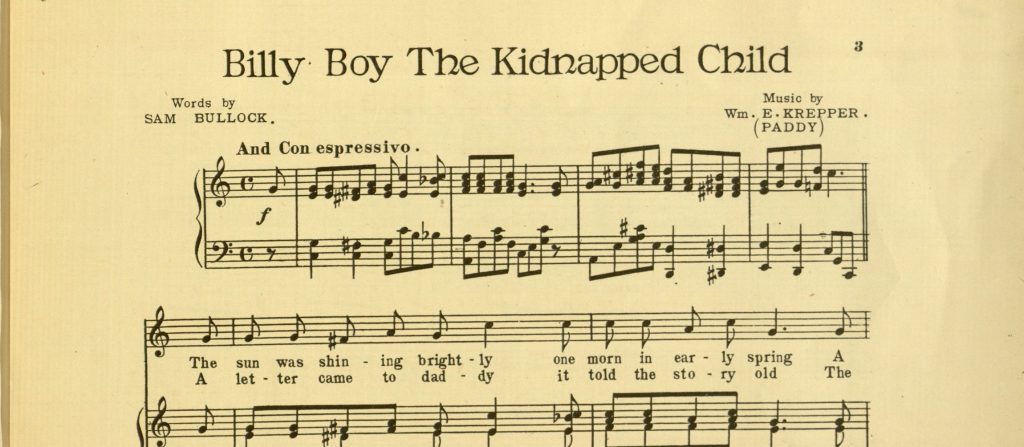The Printed Image: Gustave Doré and Dante’s Inferno
For this October installment of The Printed Image, we’re continuing the exploration of Gustave Doré’s illustrated works within Special Collections while also journeying to an underworld of doom and darkness.
Doré’s illustrations for Dante’s Inferno have defined this literary masterwork for modern audiences, to the point where readers may know the images without knowing the artist. Doré began work on the illustrations in 1855 and eventually self-published his own edition in 1861, after he was unable to find a publisher willing to take the financial risk. Doré’s own risk paid off, and the Inferno illustrations became a defining point in his career. [1] (The edition in Falvey’s Special Collections was published later by P.F. Collier in New York.)

Hell, as depicted by Doré and his engravers, is a desolate, desiccated realm; a smoldering, scorched earth with jagged, sharp rocks and barren landscapes, where lost souls swirl through the air as the damned are tormented alongside the monsters and gods of pagan days past. Surprisingly, we don’t see much in the way of fire depicted in these illustrations; the Inferno has already occurred, Hell is what remains.

Dante swoons after hearing Francesca’s story, engraved by Louis Paul Pierre Dumont

Arrival of Geryon, engraved by Adolphe François Pannemaker

Dante addresses Pope Nicholas III, engraved by Adolphe François Pannemaker

Virgil addresses the False Counselors, engraved by Héliodore Pisan
As mentioned briefly in my previous post, Doré’s prolific illustration output would not have been possible without the engravers who helped bring his drawings and designs into print. Within the Inferno illustrations, we can see that an engraver’s treatment of a Doré drawing could impact the tone and atmosphere of the final image, which we can see in the pair of following illustrations.
The image on the right, engraved by Héliodore Pisan, is composed with a density of lines and marks, many of them short cuts and stipples that create a gradual gradation from the dark landscape in the background to the bright flame within Farinata’s tomb.
This is contrasted with the illustration below, by an engraver only known as ‘Delduc,’ where the negative space dominates the image. We can see evidence of an engraver’s tools in its making, but it also closely resembles a pen-and-ink drawing, which is not an easy feat for a wood engraving. Pisan’s treatment creates an aura of dark menace while Delduc presents Hell’s torments with clarity and precision.

Virgil and Dante before Farinata degli Uberti, engraved by Héliodore Pisan

Sowers of Discord in the Ninth Circle, engraved by ‘Delduc’
No overview of Dante’s journey would be complete without remarking upon the deepest and darkest circle of Hell, where Satan resides. Doré presents Satan not reveling in his kingdom but brooding, trapped in ice, a creature of frustration and simmering grievances. How he came to be there, by means of Doré and a different author, will be featured in the next Printed Image installment.
Dante’s Inferno may be viewed in the Rare Book Room by appointment. To see more illustrations based on Dante’s works, please visit the online exhibit Dante Illustrated, which includes a reading from the Inferno by Father Peter Donohue, O.S.A. To learn more about Gustave Doré, watch this video on Peter Beard’s illustration Youtube channel. And visit Open Culture to view illustrations Doré created for Dante’s Purgatorio and Paradiso.

Satan, engraved by Héliodore Pisan
References
[1] “Gustave Doré’s Hauntingly Beautiful Illustrations for Dante’s Inferno.” The Marginalian, 2 Oct. 2015, www.themarginalian.org/2015/10/02/gustave-dore-dante-inferno/.
Mike Sgier is a Distinctive Collections Coordinator at Falvey Library.





















 Another one of dime novel publisher
Another one of dime novel publisher 
